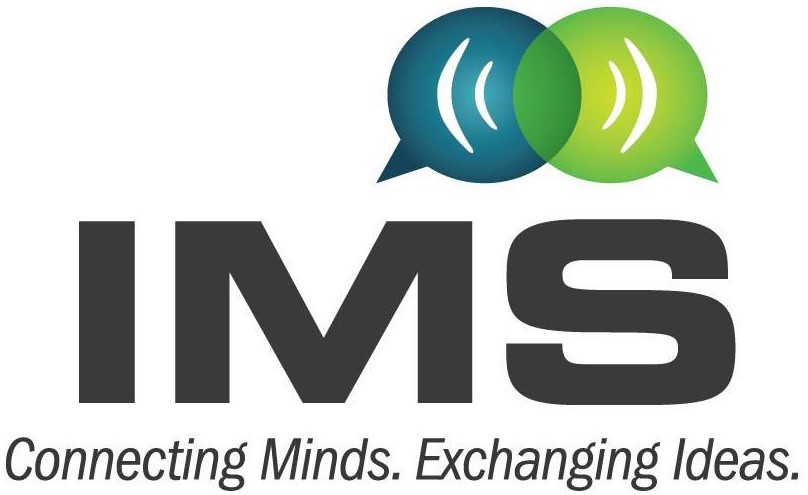Technical Sessions
-
This session highlights the next generation front-end components and architectures. It includes Wi-Fi 7 as well as phased array applications.
This session will provide an overview of new developments in planar filters with multi-functional capabilities and miniaturized footprint. It will cover concepts allowing to incorporate the co-designed functionality of attenuation, cross over and reflection cancellation. Miniaturization techniques leading to self-packaged filters will also be discussed.
Improved computational methods for the simulation of challenging electromagnetic structures are crucial for advances in key areas of microwave technology. This session presents several innovative computational methods to allow for improved modeling for various applications. Applications include accurate modeling of RF emission from printed circuit boards, a new fast method for analyzing problems with the volume integral equation, a fast method for analyzing arbitrary H-plane waveguide systems, and a new method for finding the mm-wave attenuation on printed circuit lines due to surface roughness.
This session provides a deep dive into the design of advanced non-planar filters. The content includes innovative dielectric resonator diplexer designs, novel design concepts that help improve filter selectivity, advanced practices in miniaturizing filter size, and novel technologies for filter realization.
This session presents advanced frequency converters and modulators using silicon-based and III-V semiconductor technologies. The wide range of topics including frequency multiplication, frequency mixing, and I/Q modulators will be discussed.
This session presents power amplifiers in GaN and GaAs MMIC technologies. These topics cover continuous mode techniques with active and passive harmonic control.
-
This session focuses on the design, implementation, and calibration of advanced silicon-based beamforming ICs in SiGe and CMOS. These components and subsystems apply to a range of communication solutions covering from 16GHz to 39GHz for phased array applications including 5G.
This session will cover new synthesis and RF design techniques to effectively realize advanced transfer functions. Design techniques allowing the prediction of the filtering transfer function from RF measurements will also be presented. Novel design techniques for compact mm-wave RF filters will be discussed.
This session introduces a variety of innovative modeling techniques that allow for the improved modeling of practical microwave structures as well as the modeling of new phenomena and effects, ranging from microwave to THz frequencies. This includes an improved analysis and optimization of magnet-less circulators, the efficient analysis of practical CuMax routing lines on a printed circuit board, analysis of plasma jet lines, using a physical based model for analyzing signal integrity on high-speed data links, and the modeling THz radiation produced by an electron beam in the vicinity of a grounded strip grating.
In this session you will see the latest advances in passive components realized in non-planar technologies. The papers discuss advanced designs such as power dividers and combiners, combiners with filtering functions, antennas with integrated functionality, rotary joints and waveguide loads.
This session presents advanced RF/mm-wave frequency multiplication techniques from Ku- to Y-band using a variety of technologies including CMOS, FDSOI, SiGe, and InP.
This session focuses on several papers on high-efficiency power amplifier design techniques in GaAs HBT, CMOS, SOI and EDMOS technologies for 6G FR3 handset and MIMO radar applications.
-
This session will highlight advanced mm-wave transceivers for next generation radar and communication applications. It includes recent advances in monolithic devices such as CMOS and GaN technologies. Additionally, system-on-chip and package-level innovations are discussed for heterogeneous-integrated electronics.
In this session, we report exciting advances in integrated passive devices mainly for CMOS and SOI technologies. For example, two SOI RF switches with a series triple-coupled transformer topology demonstrate suitability for compact mm-wave systems, with IP3 levels exceeding 81.5dBm. An SOI digital step attenuator features an ultrawide bandwidth of DC to 51GHz, sub-5dB insertion loss, and a 3.1° RMS phase error. A 10–17GHz continuously tunable CMOS bandpass filter, leveraging mode-switching inductors and Q-enhancement techniques, achieves a broad tuning range and enhanced selectivity. Finally, an ultra-compact D-band Substrate-Integrated-Waveguide (SIW) filter shows the potential of SIW filters for on-chip mm-wave circuit integration.
This session highlights innovative approaches in computational methods and optimization for circuit design. Topics include advanced CAD techniques for sensitivity analysis, efficient surrogate modeling for inverse design, cognitive methods for design optimization, knowledge-based modeling and novel methods for optimizing oscillator systems. These contributions demonstrate improvements to accuracy, efficiency, and design flexibility in RF and microwave circuits.
This session presents low-phase noise signal generation from X- to D-band using a variety of technologies including bulk CMOS, FDSOI, GaAs, and FinFET.
This session focuses on advances in power amplifiers using load-modulation architectures to improve efficiency at back-off power levels, as needed in most modulation formats today. Papers cover work at frequencies between 2GHz and 30GHz, and technologies including CMOS-SOI, GaAs HBT, Gas pHEMT and GaN.

